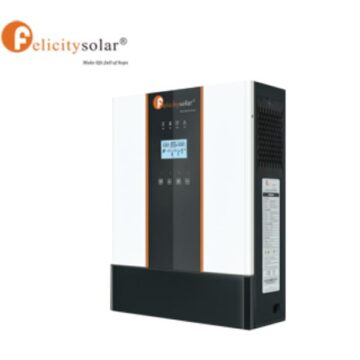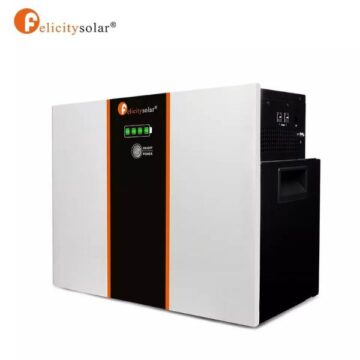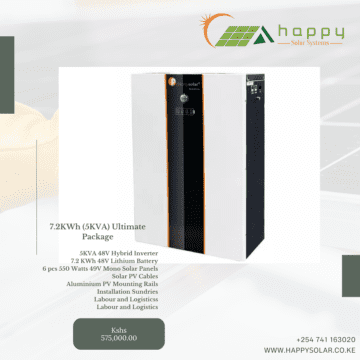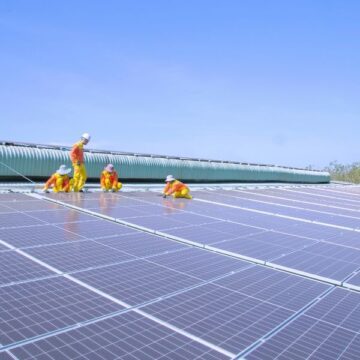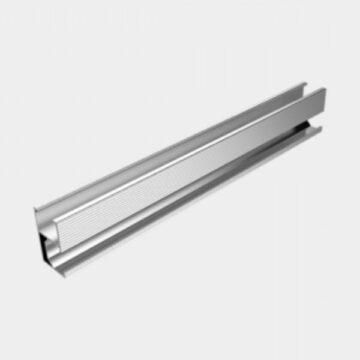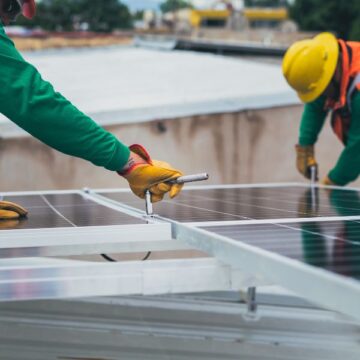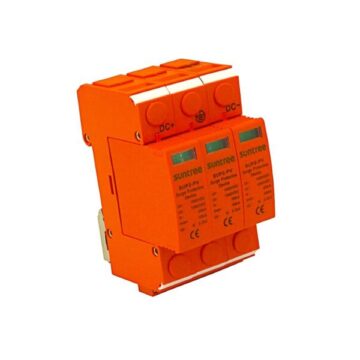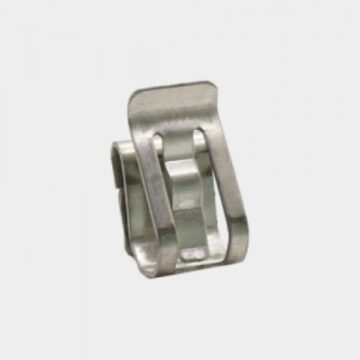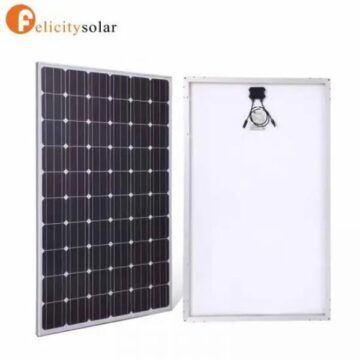Solar Power FAQ Guide in Kenya
Introduction
Solar power is rapidly becoming a go-to energy solution for homes and businesses across the globe, including Kenya. As solar technology advances and its adoption increases, so does the need for reliable information to help potential users make informed decisions. Here we provide a comprehensive guide to frequently asked questions (FAQs) or Solar Power FAQ Guide in Kenya about solar power, covering various aspects of solar energy systems. Each section offers detailed answers to common queries, drawing on the expertise of Happy Solar to ensure accuracy and relevance.
For those considering a switch to solar power or seeking to optimize their existing systems, this guide will serve as a valuable resource. References to specific products and services available at Happy Solar are included to offer practical solutions.
1. What Is Solar Power? Solar Power FAQ Guide in Kenya
Solar power is the conversion of sunlight into electricity using photovoltaic (PV) cells. These cells are typically made of semiconductor materials like silicon, which absorb sunlight and release electrons, creating an electric current. This current can then be used to power homes, businesses, and other electrical devices.
1.1 How Does Solar Power Work?
Solar panels, consisting of multiple PV cells, capture sunlight and convert it into direct current (DC) electricity. This DC electricity is then either stored in batteries for later use or converted into alternating current (AC) electricity using an inverter, making it suitable for powering most household appliances and devices.
2. What Are the Benefits of Solar Power?
Solar power offers numerous advantages, making it an increasingly popular energy source.
2.1 Environmental Benefits
Solar energy is a clean and renewable resource that reduces dependence on fossil fuels. By harnessing the power of the sun, solar power systems generate electricity without emitting harmful greenhouse gases, contributing to the fight against climate change.
2.2 Economic Benefits
While the initial investment in a solar power system can be significant, the long-term savings on energy bills make it a cost-effective solution. Solar power systems also offer protection against rising electricity prices, providing greater energy independence.
2.3 Energy Security
In areas with unreliable grid power, solar energy provides a stable and consistent energy source. Solar power systems, especially when paired with battery storage, can ensure continuous power supply even during grid outages.
3. What Types of Solar Power Systems Are Available?
There are three main types of solar power systems: grid-tied, off-grid, and hybrid systems. Each type serves different needs and comes with its own set of advantages.
3.1 Grid-Tied Solar Power Systems
Grid-tied systems are connected to the local utility grid. They allow users to draw power from the grid when solar production is low (e.g., at night) and feed excess solar energy back into the grid. These systems are popular due to their cost-effectiveness and the potential for net metering, where users receive credit for the excess energy they supply to the grid.
3.2 Off-Grid Solar Power Systems
Off-grid systems operate independently of the grid, relying entirely on solar power and battery storage. These systems are ideal for remote areas without access to the grid, providing complete energy independence.
3.3 Hybrid Solar Power Systems
Hybrid systems combine the benefits of both grid-tied and off-grid systems. They are connected to the grid but also include battery storage, allowing users to store excess solar energy for use during power outages or at night.
4. What Are the Key Components of a Solar Power System?
A solar power system consists of several key components, each playing a crucial role in the generation, storage, and use of solar energy.
4.1 Solar Panels
Solar panels are the heart of any solar power system. They capture sunlight and convert it into electricity. The efficiency and performance of a solar power system largely depend on the quality and type of solar panels used.
4.2 Inverters
Inverters convert the DC electricity generated by solar panels into AC electricity, which is used by most household appliances. There are different types of inverters, including string inverters, microinverters, and hybrid inverters, each with its own advantages.
4.3 Batteries
Batteries store excess electricity generated by the solar panels for later use. This is particularly important in off-grid and hybrid systems, where energy storage is necessary for nighttime use or during periods of low sunlight.
4.4 Charge Controllers
Charge controllers regulate the flow of electricity from the solar panels to the batteries, preventing overcharging and ensuring the longevity of the batteries.
4.5 PV Cables and Accessories
PV cables connect the various components of the solar power system, ensuring the safe and efficient transfer of electricity. Accessories such as mounting brackets, connectors, and protective devices also play essential roles in system performance and safety.
5. How Do I Determine the Size of My Solar Power System?
Determining the size of your solar power system depends on several factors, including your energy needs, location, and available roof space.
5.1 Calculating Energy Consumption
Start by calculating your daily energy consumption in kilowatt-hours (kWh). This information is typically available on your electricity bill. Consider any future energy needs, such as additional appliances or increased usage, when planning your system size.
5.2 Assessing Solar Potential
The amount of sunlight your location receives directly impacts the performance of your solar power system. Use tools like solar calculators to estimate the solar potential of your area and determine the number of solar panels required to meet your energy needs.
5.3 System Sizing Example
For instance, if your home consumes 30 kWh of electricity per day and your location receives an average of 5 hours of peak sunlight per day, you would need a system that generates at least 6 kW of electricity. This would require approximately 20-24 solar panels, depending on the efficiency of the panels.
6. What Is the Cost of a Solar Power System?
The cost of a solar power system can vary significantly depending on the size of the system, the quality of components, and installation expenses.
6.1 Initial Costs
Initial costs include the purchase of solar panels, inverters, batteries, charge controllers, and other necessary equipment. Installation costs also factor into the total upfront investment.
6.2 Long-Term Savings
Despite the initial cost, solar power systems offer long-term savings by reducing or eliminating electricity bills. Additionally, many regions offer incentives such as tax credits, rebates, and net metering programs that can further offset the cost.
6.3 Financing Options
Various financing options are available to make solar power more accessible, including solar loans, leases, and power purchase agreements (PPAs). These options allow users to spread the cost over time or pay a fixed rate for solar energy.
7. What Maintenance Is Required for a Solar Power System?
Solar power systems are relatively low-maintenance, but regular inspections and upkeep are necessary to ensure optimal performance.
7.1 Cleaning Solar Panels
Dust, dirt, and debris can reduce the efficiency of solar panels. Regular cleaning, especially in dusty or rainy environments, is essential to maintain peak performance.
7.2 Inspecting Connections
Periodically check the connections between components to ensure they are secure and free of corrosion. This helps prevent energy loss and potential safety hazards.
7.3 Monitoring System Performance
Use monitoring tools to track your system’s energy production and consumption. Early detection of issues can prevent costly repairs and extend the lifespan of your system.
8. Can Solar Power Be Used in Cloudy or Rainy Weather?
Solar panels can still generate electricity in cloudy or rainy weather, though their efficiency will be reduced compared to sunny conditions.
8.1 Solar Energy in Overcast Conditions
Even in overcast conditions, solar panels can produce some electricity, though it may be up to 80% less than on a sunny day. Advanced solar panels, such as those with high-efficiency ratings, are better at capturing diffuse sunlight and can perform relatively well in such conditions.
8.2 Battery Storage Solutions
Battery storage is particularly useful in areas with frequent cloudy or rainy weather, as it allows for the storage of excess energy generated on sunny days for use during periods of low sunlight.
9. Is Solar Power Reliable?
Solar power is highly reliable, especially when paired with battery storage and a well-designed system.
9.1 Reliability of Solar Panels
Solar panels have no moving parts and are designed to withstand harsh weather conditions, making them extremely durable. Most solar panels come with warranties of 20-25 years, ensuring long-term reliability.
9.2 Backup Solutions and Solar Power FAQ Guide in Kenya
For added reliability, consider integrating a backup generator or maintaining a connection to the grid (in a hybrid system) to ensure continuous power supply during extended periods of low sunlight or system maintenance.
10. How Long Does It Take to Install a Solar Power System?
The installation time for a solar power system depends on the size and complexity of the system, as well as any local permitting requirements.
10.1 Installation Process
The installation process typically involves site assessment, system design, obtaining permits, mounting the solar panels, wiring the components, and connecting the system to the grid (for grid-tied systems). Depending on the project, installation can take anywhere from a few days to a few weeks.
10.2 Permitting and Inspections
Obtaining the necessary permits and scheduling inspections can add time to the installation process. Working with an experienced solar installer can help expedite this process and ensure compliance with local regulations.
11. Can I Install Solar Panels Myself?
While some homeowners may be capable of installing a solar power system themselves, it is generally recommended to hire a professional installer.
11.1 DIY Solar Installation
For small, off-grid systems or solar panel kits designed for DIY installation, it is possible to install the system yourself. However, this requires a solid understanding of electrical systems, local building codes, and safety precautions.
11.2 Professional Installation
Hiring a professional ensures that your system is installed correctly, safely, and in compliance with local regulations. Professional installers can also provide valuable advice on system design and optimization.
12. What Incentives Are Available for Solar Power?
Various incentives are available to encourage the adoption of solar power, including tax credits, rebates, and net metering programs.
12.1 Government Incentives
Many governments offer tax credits or rebates to offset the cost of solar power systems. These incentives can significantly reduce the initial investment required.
12.2 Net Metering
Net metering allows solar power system owners to receive credit for excess electricity they feed back into the grid. This can further reduce electricity bills and increase the return on investment for grid-tied systems.
13. How Do I Choose the Right Solar Power Equipment?
Choosing the right solar power equipment involves considering factors such as energy needs, budget, and the specific features of available products.
13.1 Quality and Warranty
Invest in high-quality solar panels, inverters, batteries, and other components from reputable manufacturers. Look for products with long warranties and strong performance records.
13.2 Compatibility and Scalability
Ensure that all components of your solar power system are compatible with each other and consider the scalability of the system. If you plan to expand your system in the future, choose equipment that can be easily upgraded.
14. What Is the Future of Solar Power?
The future of solar power is bright, with continued advancements in technology and increasing adoption worldwide.
14.1 Technological Innovations
Innovations in solar technology, such as more efficient panels, advanced battery storage, and smart energy management systems, are expected to make solar power even more accessible and cost-effective.
14.2 Growth in Adoption
As the cost of solar power continues to decline and the demand for clean energy increases, the adoption of solar power is expected to grow exponentially. This will further drive advancements in the industry and increase the availability of solar power systems globally.
Conclusion on Solar Power FAQ Guide in Kenya
Solar power is a reliable, cost-effective, and environmentally friendly energy solution that is well-suited for a variety of applications. By understanding the answers to these frequently asked questions, potential solar power users can make informed decisions and optimize their energy systems for long-term success.
For more information on solar power equipment, installation, and maintenance, visit Happy Solar. Contact us at 0722708034 / 0720 456534 or email us at info@happysolar.co.ke to speak with our team of experts.


